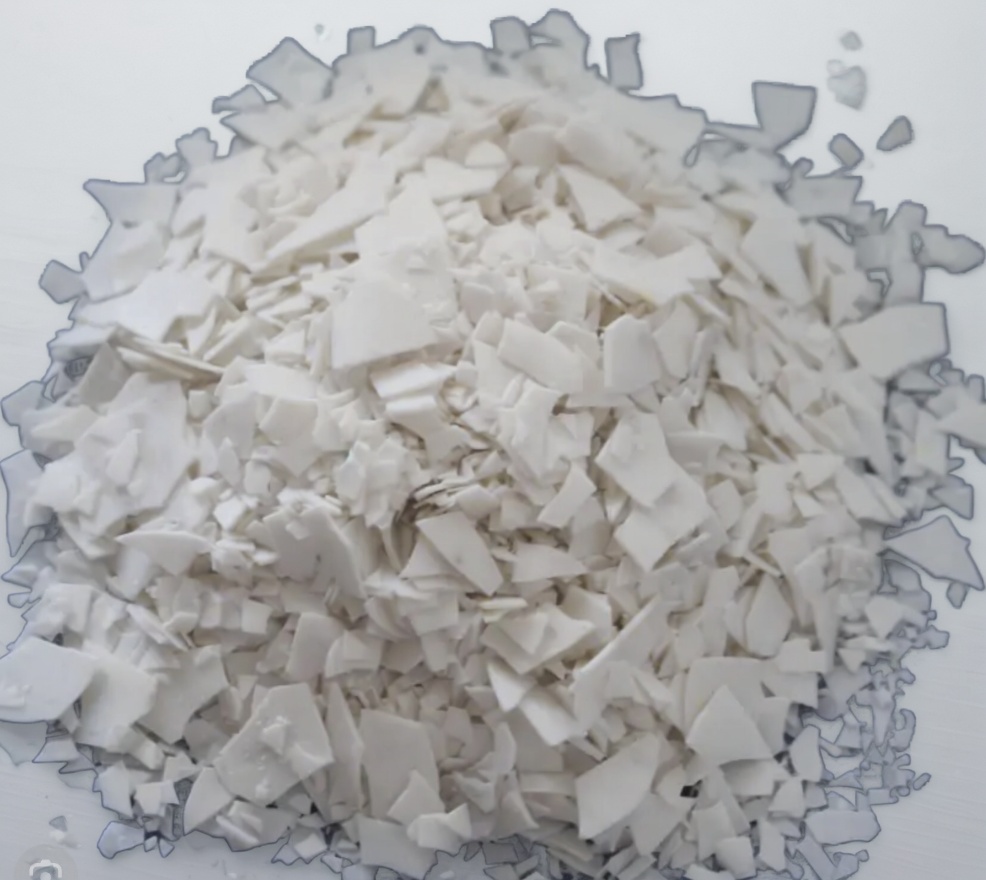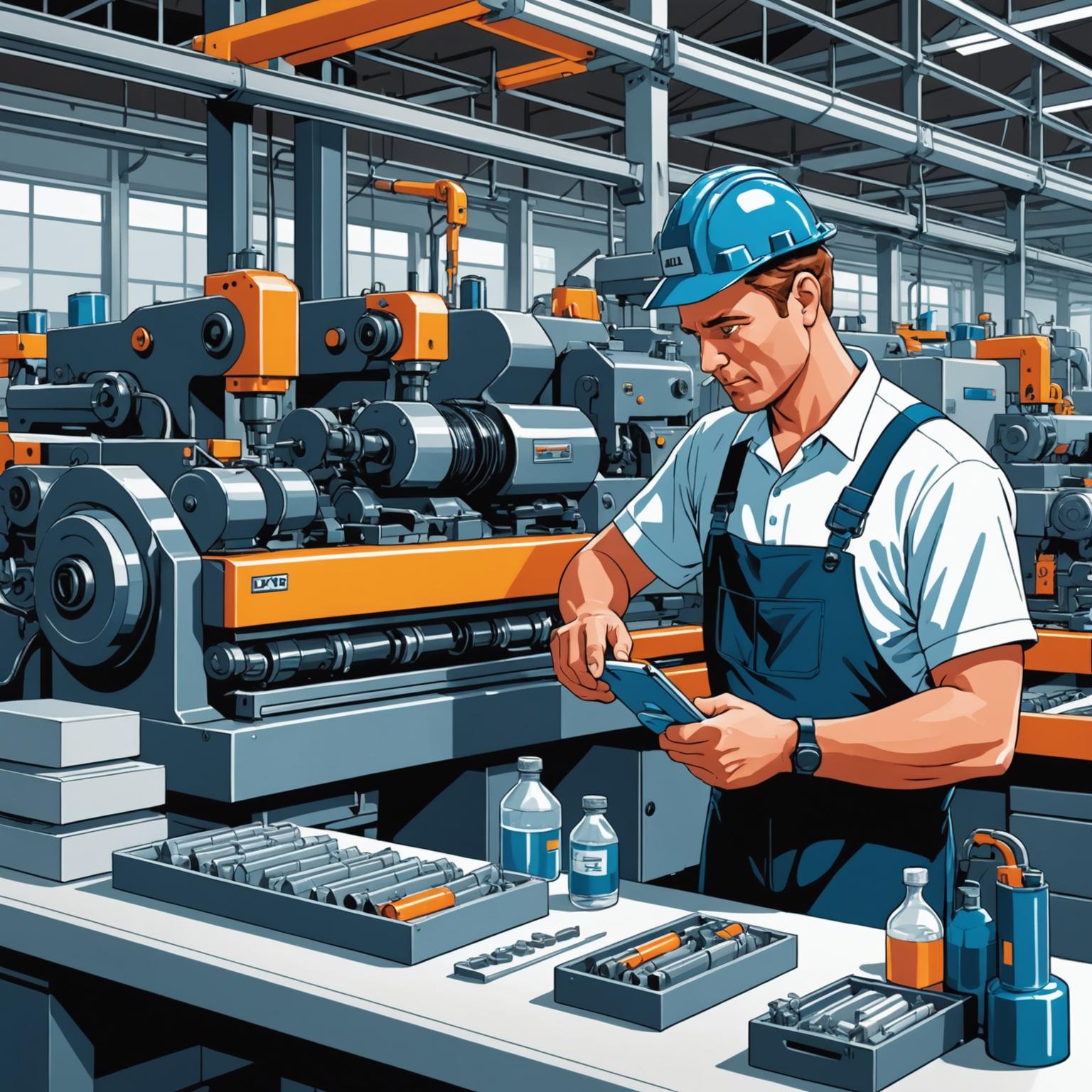The Unseen Guardian of Modern Materials
Polyvinyl Chloride, more commonly known as PVC, is one of the most versatile and widely used plastics in the world. Its presence is woven into the very fabric of our daily lives, from the construction of our homes to the packaging of our food. You’ll find it in durable window frames that withstand the elements, in the life-saving medical tubing used in hospitals, and in the protective sheathing of electrical cables that power our world. However, the raw polymer of PVC is inherently unstable. When subjected to heat during processing or to the ultraviolet rays of the sun during its service life, it begins to degrade, becoming brittle and discolored. This is where the unsung hero of the plastics industry comes into play: the pvc stabilizer. These essential additives are the guardians that protect PVC’s integrity, ensuring it remains strong, flexible, and functional for years, transforming it from a fragile polymer into a robust and reliable material.

Understanding the Protective Role of PVC Stabilizers
At its core, a pvc stabilizer is a chemical compound blended into the PVC resin during the manufacturing process. Its primary mission is to prevent thermal degradation. When PVC is heated, as it must be to be molded into its final form, it undergoes a process called dehydrochlorination, where it releases hydrochloric acid (HCl). This release triggers a chain reaction, leading to a rapid breakdown of the polymer’s structure, causing discoloration, loss of physical properties, and ultimately, product failure. A stabilizer works by neutralizing the released HCl, interrupting the degradation cascade, and replacing unstable chlorine atoms within the polymer chain with more stable groups. This protective action allows for higher processing temperatures and ensures the finished PVC product has a long and predictable lifespan, maintaining its color, impact strength, and overall structural integrity against the assaults of heat, oxygen, and UV light.
A Spectrum of Stability: Types of Stabilizers
The world of PVC stabilization is not monolithic; different applications require different types of protection. Historically, lead-based stabilizers were prized for their excellent performance and cost-effectiveness, especially in rigid applications like pipes and profiles. However, due to significant environmental and health concerns, their use has been heavily restricted in many parts of the world. This regulatory shift has paved the way for other chemistries to rise in prominence. Tin-based stabilizers, particularly organotins, offer exceptional heat stability and clarity, making them a preferred choice for clear, rigid PVC films and sheets. The most significant modern development, however, has been the rise of Calcium-Zinc (Ca-Zn) based systems. These stabilizers are non-toxic and environmentally friendly, aligning with global sustainability goals. Initially used primarily for flexible applications, advancements in Ca-Zn technology have made them highly effective for rigid profiles and pipes as well, making them the go-to choice for manufacturers focused on safety and environmental responsibility.
Navigating the Market: Selecting the Right PVC Stabilizer Suppliers
For any business that relies on PVC, the choice of additive is as critical as the choice of the resin itself. This makes the process of selecting from a vast pool of pvc stabilizer suppliers a crucial business decision. A reliable supplier does more than just deliver a product; they provide a partnership built on consistency and trust. When evaluating potential suppliers, one must look beyond the price tag. Key considerations include the consistency of product quality from batch to batch, which directly impacts the predictability of your own manufacturing processes. Furthermore, knowledgeable pvc stabilizer suppliers will offer robust technical support, helping you troubleshoot issues and optimize your formulations for peak performance. They must also demonstrate a firm grasp of and compliance with international regulations like REACH and RoHS, ensuring your final product is safe and marketable globally.
The Mark of Excellence: What Defines a Premier PVC Stabilizer Manufacturer?
While a supplier is a vital link in the chain, a top-tier pvc stabilizer manufacturer is the source of innovation and quality. A distinguished manufacturer invests heavily in research and development, constantly pushing the boundaries of chemical technology to create more efficient, safer, and more sustainable stabilization solutions. They operate with meticulous quality control systems, scrutinizing everything from incoming raw materials to the final packaged product to guarantee unparalleled purity and performance. The best pvc stabilizer manufacturer works collaboratively with its clients, developing custom-tailored stabilizer one-packs that are precisely formulated for a specific application, be it a high-gloss automotive trim or a weather-resistant outdoor decking material. This commitment to innovation and bespoke solutions is what separates a mere producer from a true industry leader, ensuring their partners can create products that not only meet but exceed market expectations.
The Widespread Impact of Stabilized PVC
The importance of these additives is best illustrated by the sheer breadth of their applications. In the construction industry, stabilized PVC provides us with rust-free water pipes, energy-efficient window profiles, and durable flooring that can last for decades. In the automotive sector, it creates soft-touch dashboards and resilient interior components that resist fading and cracking under the sun’s glare. The electrical industry depends on it for flexible and fire-resistant cable insulation, a critical safety feature. Even in healthcare, specialized, non-toxic stabilizers allow PVC to be used for blood bags and medical tubing, where purity and safety are non-negotiable. Each of these applications is a testament to the transformative power of the right stabilizer, turning a basic polymer into a high-performance material tailored for a specific, demanding purpose. Ultimately, the quality of these end products is a direct reflection of the expertise of the manufacturer and the reliability of the suppliers behind the chemistry.

